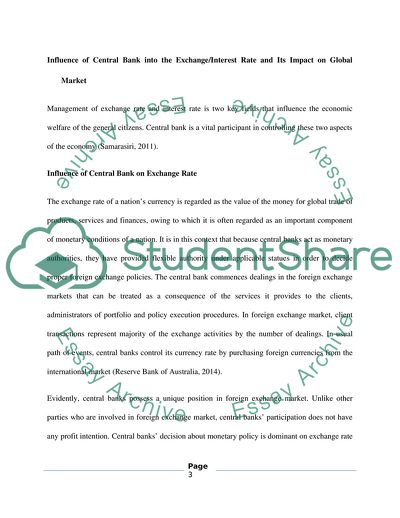Cite this document
(Central bank's influence into the exchange/interest rate and the Literature review, n.d.)
Central bank's influence into the exchange/interest rate and the Literature review. https://studentshare.org/finance-accounting/1818658-central-banks-influence-into-the-exchangeinterest-rate-and-the-impact-on-global-market-monetary-policy-and-forward-guidance-in-the-uk
Central bank's influence into the exchange/interest rate and the Literature review. https://studentshare.org/finance-accounting/1818658-central-banks-influence-into-the-exchangeinterest-rate-and-the-impact-on-global-market-monetary-policy-and-forward-guidance-in-the-uk
(Central bank's Influence into the exchange/Interest Rate and the Literature Review)
Central bank's Influence into the exchange/Interest Rate and the Literature Review. https://studentshare.org/finance-accounting/1818658-central-banks-influence-into-the-exchangeinterest-rate-and-the-impact-on-global-market-monetary-policy-and-forward-guidance-in-the-uk.
Central bank's Influence into the exchange/Interest Rate and the Literature Review. https://studentshare.org/finance-accounting/1818658-central-banks-influence-into-the-exchangeinterest-rate-and-the-impact-on-global-market-monetary-policy-and-forward-guidance-in-the-uk.
“Central bank's Influence into the exchange/Interest Rate and the Literature Review”. https://studentshare.org/finance-accounting/1818658-central-banks-influence-into-the-exchangeinterest-rate-and-the-impact-on-global-market-monetary-policy-and-forward-guidance-in-the-uk.


